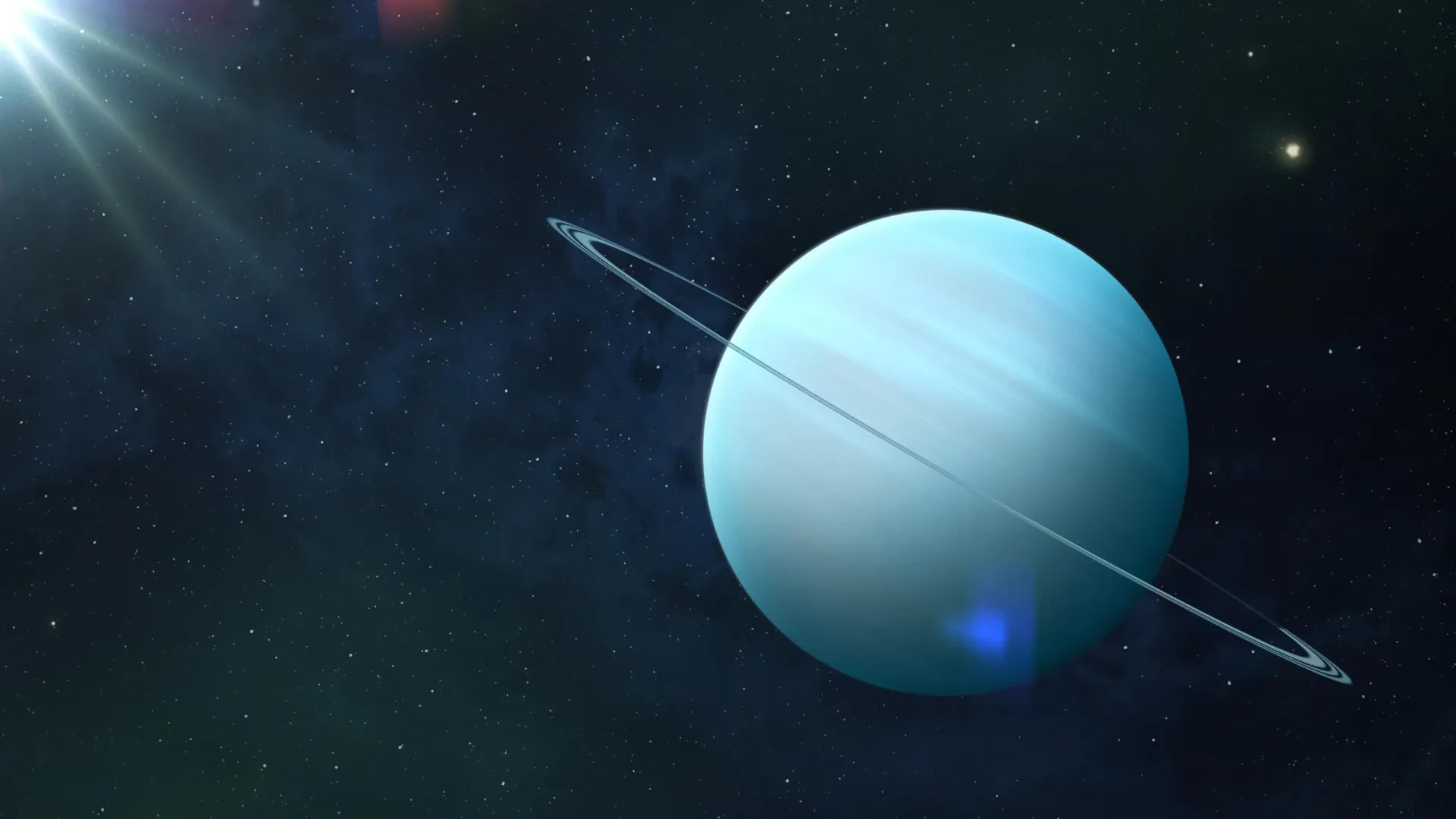New experiments reveal Mars' striking gullies are carved by rapidly sublimating CO₂ ice blocks, not liquid water, solving a major planetary science puzzle and shifting the search for Martian habitability.

October 16, 2025

Source:
http://Phys.org
Martian Gullies: An Explosive Discovery
Laboratory experiments have settled a long-standing Martian mystery: the gullies etched across the planet’s dunes owe their existence to explosive movements of dry ice, not flowing water. The results, published in Phys.org, overturn previous assumptions about the Red Planet’s surface and its habitability.
CO₂ Ice in Martian Winters
Blocks of carbon dioxide ice, known as dry ice, form during Mars’ harsh winters as temperatures plunge to -120°C.
As sunlight returns, meter-long slabs of CO₂ ice break from dune crests.
The Sublimation Process
Martian sunlight heats the sand, causing the bottom of the ice to sublimate rapidly—directly transitioning from solid to gas.
This creates a pressurized gas cushion, "burrowing" and sliding the ice block downhill, carving deep, sinuous gullies.
Keep up with the story. Subscribe to the PR+ free daily newsletter

Source:
http://Phys.org
Proof From the Lab and Orbit
Experimental Evidence
Researchers at the Open University used a Mars simulation chamber to recreate the atmospheric and temperature conditions found on Mars (ScienceDaily).
CO₂ ice blocks rapidly dug worm-like channels in sand, exactly mirroring those seen in Mars orbiter images.
Visual Confirmation
Images from experiments closely match satellite pictures of Martian gullies, as seen in reporting from Utrecht University.
These processes are unique to Mars, as similar ice-sand interactions do not occur on Earth.
Read More

Source:
http://Phys.org
Share this news:




















